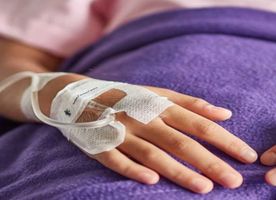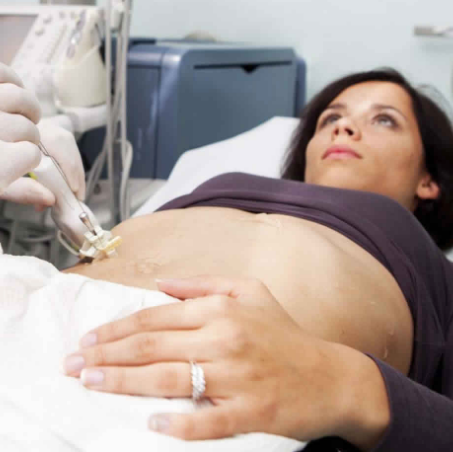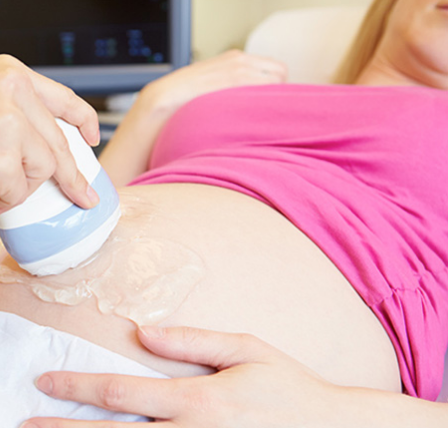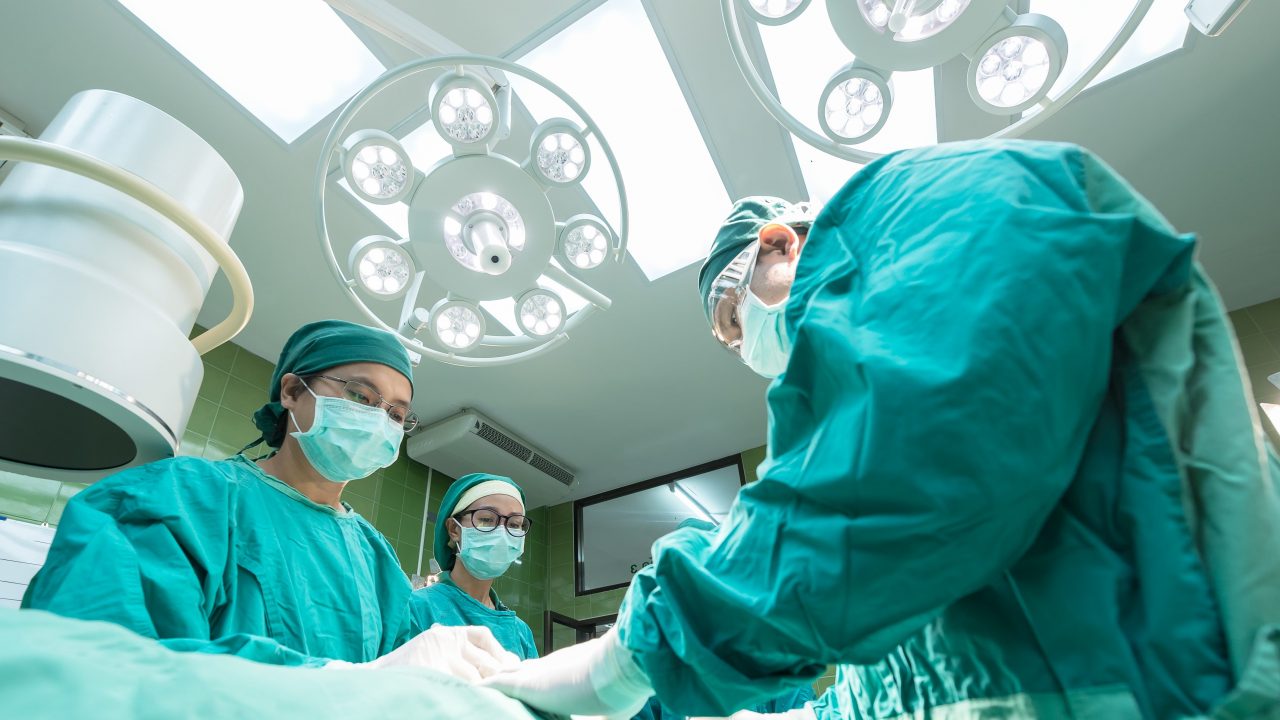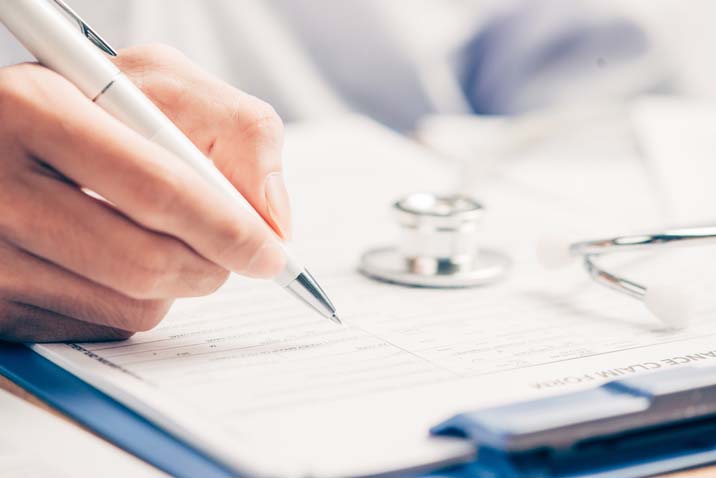Liver Biopsy in Walterhoeferstrasse
Search and Compare the Best Clinics and Doctors at the Lowest Prices for Liver Biopsy in Walterhoeferstrasse













































































































































No Time?
Tell us what you're looking for and we'll reach out to the top clinics all at once
What does the Procedure Involve?
Laparoscopic biopsy
Laparoscopic biopsy uses a laparoscope, which is a tube-like instrument with a tiny camera attached to it, to collect the sample.
Before the laparoscopic biopsy, you will be given a general anesthetic. Your doctor will create several tiny incisions in your abdomen. The laparoscope and special surgical tools are inserted through these incisions. The camera within the laparoscope projects images on a monitor. Your doctor uses these images to guide the surgical tools to your liver to take some tissue samples. When the samples are taken, the tools are removed and the incisions are closed with stitches.
Transjugular biopsy
To start the procedure, a small numbing medication is applied to one side of your neck. Your doctor will then create a small incision at the numbed area and then inserts a thin, flexible tube through the incision into your jugular vein. The tube is then guided through the jugular vein and into the hepatic vein (the large vein in your liver). Once the tube reaches your hepatic vein, your doctor will inject a contrast dye into the tube and creates a series of X-ray images. The contrast dye will show up in the vein, which enables your doctor to clearly see the hepatic vein. Afterward, a biopsy needle is inserted through the tube to take the liver sample.
Percutaneous biopsy
Percutaneous biopsy, also known as a needle biopsy, is the most common type of liver biopsy. It involves the use of a thin needle through your abdomen and into the liver. To start the procedure, your doctor will tap your abdomen or use ultrasound images to locate your liver. Ultrasound is sometimes used to guide the needle into the liver. Your doctor will apply a numbing medication and then creates an incision near the bottom of your ribcage. The needle is then inserted through the incision and your doctor will remove a small tissue sample.
How Long Should I Stay in Walterhoeferstrasse?
You can leave the hospital on the same day as the procedure. However, since it takes around a week until the result of your biopsy comes back from the pathology lab, plan to stay in Walterhoeferstrasse for about 7 days. Once the result is ready, you will have to attend a follow-up appointment to discuss the results with your doctor. If everything is fine, you will be allowed to travel home afterward.
What's the Recovery Time?
You need to take it easy and rest for at least 1 day. You should be able to resume your normal activities after a few days. However, avoid strenuous activities and heavy lifting for a week following your liver biopsy.
What About Aftercare?
Your doctor will give you detailed aftercare instructions that you need to follow. In general, you need to avoid taking aspirin or products that contain aspirin for a week. Your doctor will prescribe pain medication to help with your discomfort, make sure to take them as directed.
What's the Success Rate?
A liver biopsy is a safe procedure with high success and accuracy rates. Although it is safe, there are still some possible risks and side effects that you will need to be aware of. These include:
-
Bleeding
-
Pain
-
Infection
-
Injury to a nearby organ.
A transjugular biopsy carries very rare risks of hematoma in the neck, puncture of the lung, temporary voice problems, and temporary problems with the facial nerves.
Are there Alternatives to Liver Biopsy?
In some cases, your doctor may be able to make a diagnosis of liver disease based on physical examination, medical history, and blood testing. Doctors may also use imaging techniques as an alternative to liver biopsy. The simplest imaging technique that’s used is elastography (mostly known as FibroScan), which is similar to an ultrasound and can measure the stiffness of a liver.
This information has been accurately sourced and verified by a medical professional for its accuracy, however, we strongly recommend you to consult with your doctor before pursuing medical procedures overseas.





